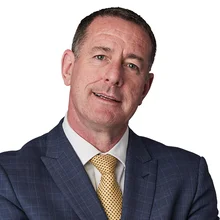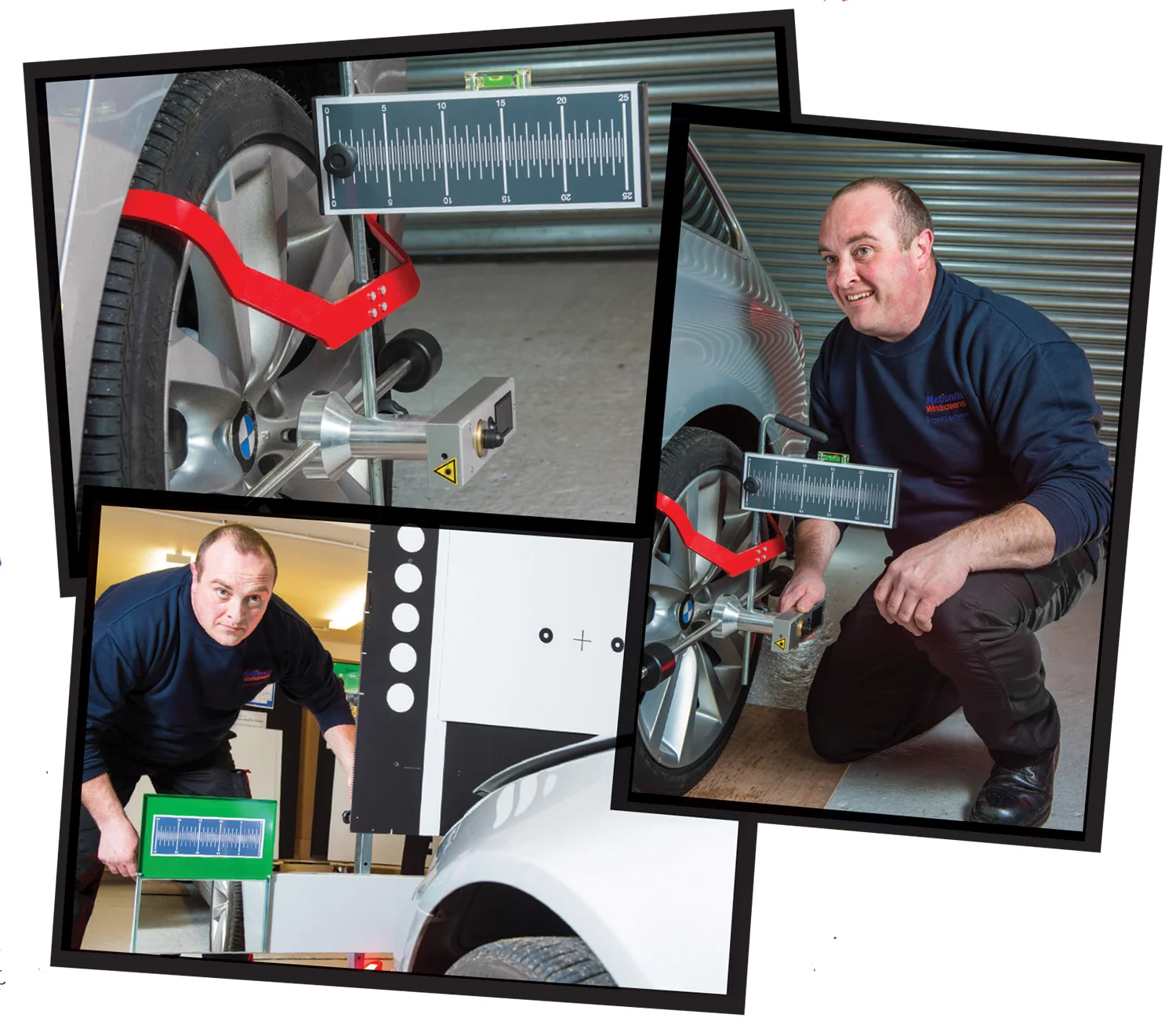
This article was paid for by a contributing third party.

Spotlight: Adas technology - Staying ahead of the curve


Advanced Driver Assistance Systems have already brought about big changes to repair procedures and the time required. Latest security advances bring further change, with the need for over-the-air diagnostics using a live internet connection with a licensed provider, to be able to access the vehicle electronic control unit and carry out calibration of Adas cameras, for example.
When it comes to windscreens, this means a significant change to the customer experience, with many repairs now needing to be undertaken in the workshop rather than a mobile service, with calibration adding significantly to the time required. With more cameras, radar and light dection and ranging being introduced, the impact on the policyholder is growing quickly.
While glass accounts for a small percentage of overall claims value, it accounts for a much larger proportion of the total number of claims. This means glass replacement already has a big impact on policyholder experiences. With glass now an integral part of vehicle safety systems, the added affect of calibration on the customer experience means an even bigger impact that is growing fast.
The need for change
Our challenge is to work with insurers and fleets to make sure policyholders understand the need for change in the repair process. Over 50% of Adas calibrations undertaken must be completed in workshop conditions, rather than at the customer location, to meet vehicle manufacturer requirements. Once the policyholder understands the reasons for this change in the process, most negative views disappear.
If an Aston Martin dealership
suggested they come out and do an oil change on your driveway most people would be horrified. Yet the same driver would often expect exactly that when it came to changing their Aston Martin windscreen, a complex component that is an integral part of the safety systems. Once the implications for vehicle safety are explained, most customers are delighted that the process is in place.
Across the rest of Europe mobile glass servicing is virtually non-existent, most customers expect to take their vehicle to a workshop and then pick it up at the end of the day. The growth in Adas technologies and workshop calibration suggest that the UK glass aftermarket will need to move closer to that model.
Training is critical to managing customer expectations. Windscreen technicians should be certified according to national standards and on a continuous update programme. Training on glass replacement and Adas calibration for support staff, from customer facing contact centres to administration teams can also help smooth the process.
This improved understanding of the technology and process can create faster, more accurate responses in virtually every aspect of operations. Training with insurer partners can also be important.
With many new vehicles featuring ever larger areas of glass, in part due to glass being cheaper than steel, the glass and calibration aftermarket certainly looks set to have a growing impact on the insurance sector.
The challenge faced by insurers and the repair supply chain is how to work together most effectively to help policyholders understand the value of this new journey in maintaining increasing complex vehicles.

Sponsored
Copyright Infopro Digital Limited. All rights reserved.
You may share this content using our article tools. Printing this content is for the sole use of the Authorised User (named subscriber), as outlined in our terms and conditions - https://www.infopro-insight.com/terms-conditions/insight-subscriptions/
If you would like to purchase additional rights please email info@postonline.co.uk
Copyright Infopro Digital Limited. All rights reserved.
You may share this content using our article tools. Copying this content is for the sole use of the Authorised User (named subscriber), as outlined in our terms and conditions - https://www.infopro-insight.com/terms-conditions/insight-subscriptions/
If you would like to purchase additional rights please email info@postonline.co.uk